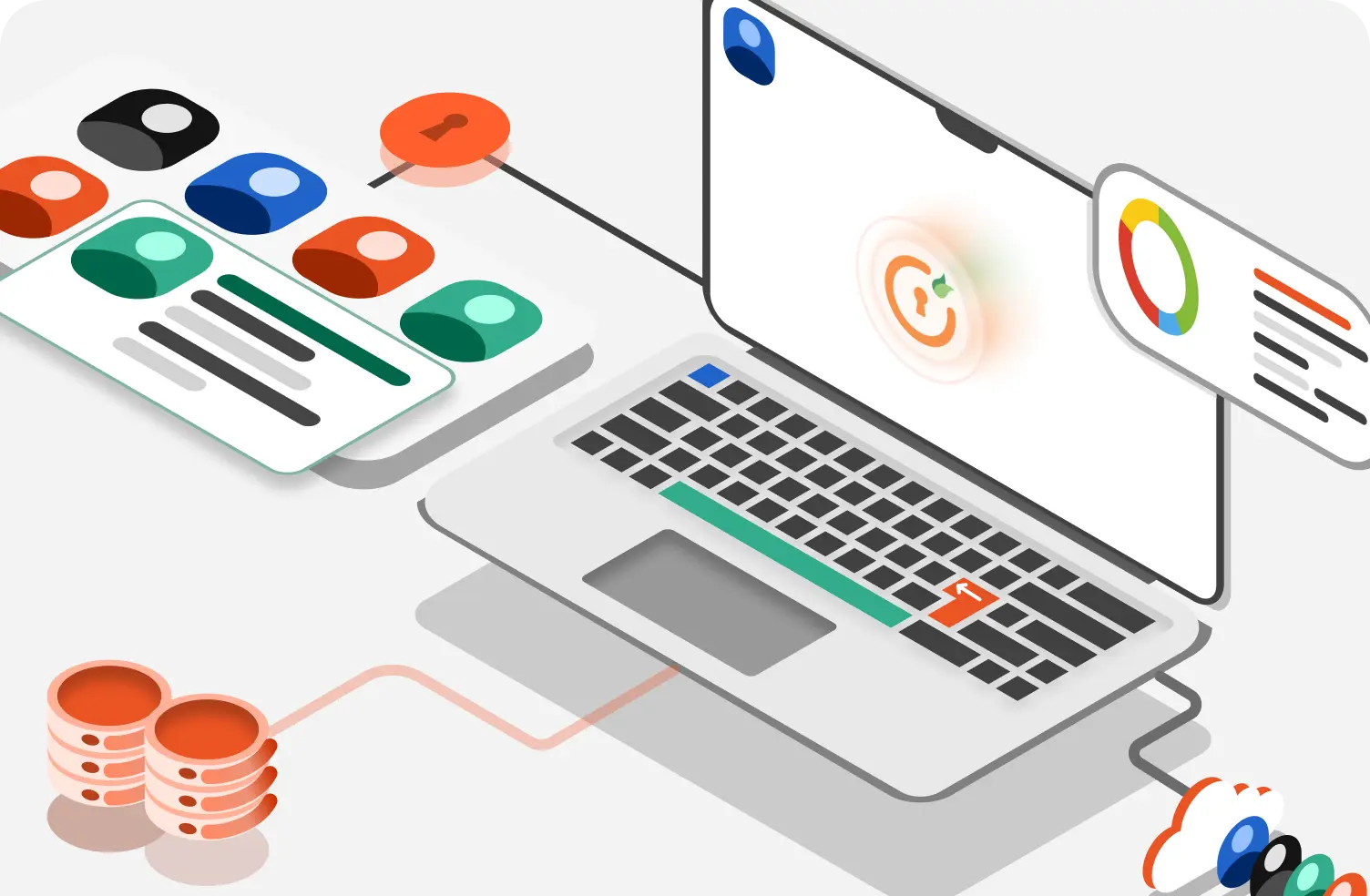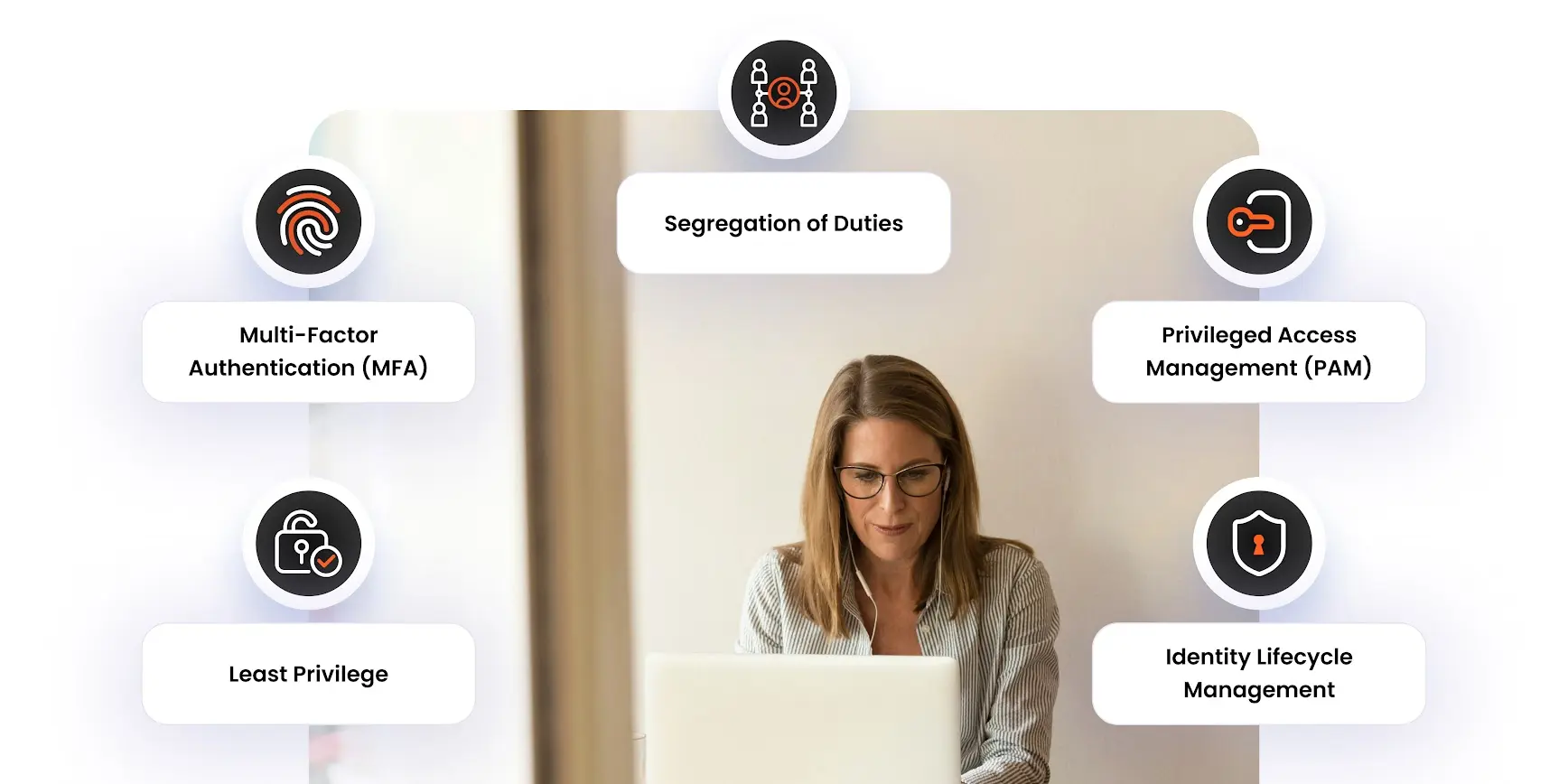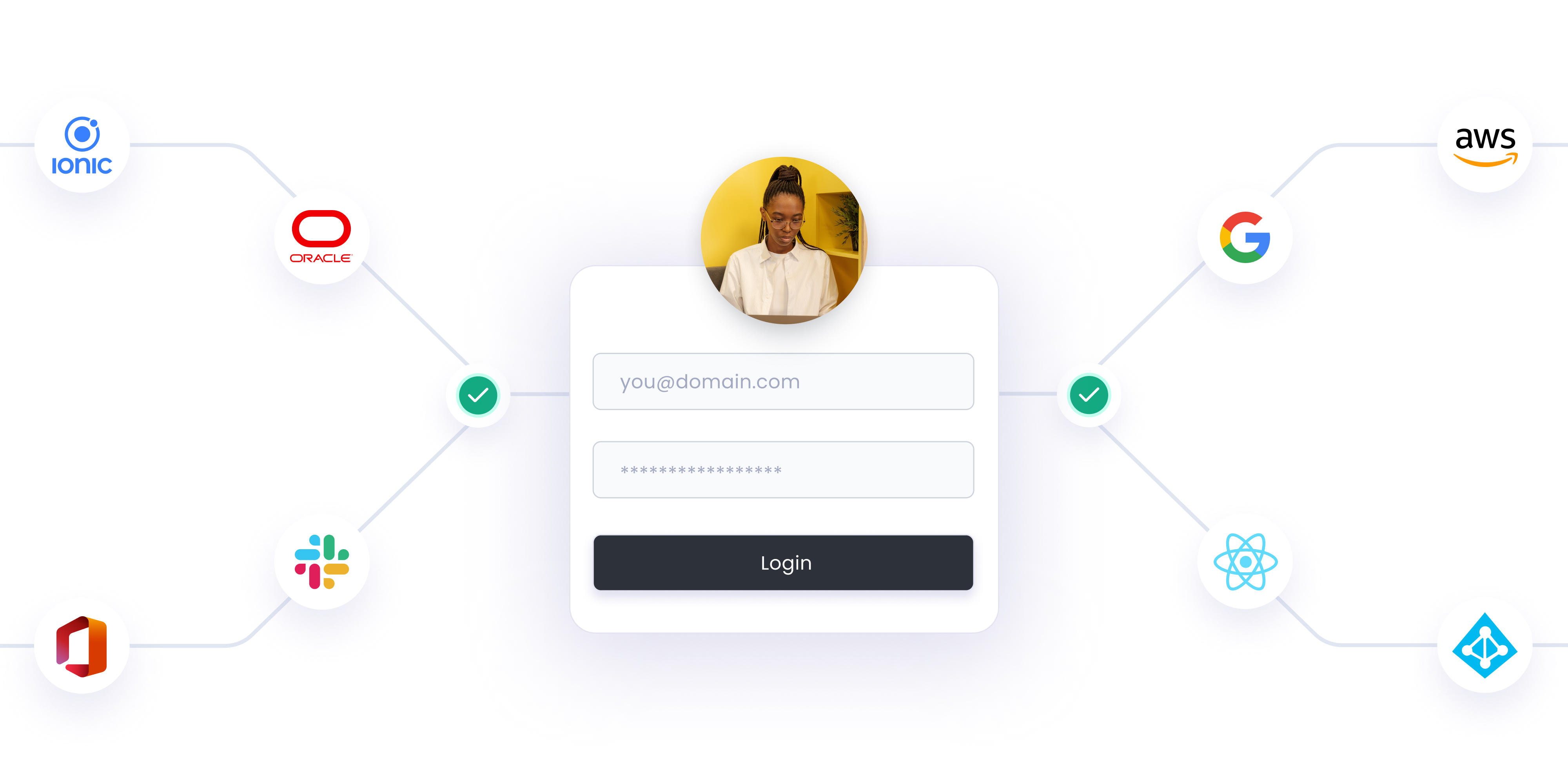Identity and Access Management (IAM) Market After Economic Turndown
Identity and Access Management in today’s economy, organizations are feeling the pinch. They’re looking for ways to cut costs, and one area that’s often targeted is IT. However, even in lean times, it’s important to maintain strong security practices. This is where IAM comes in.
What will be the Identity and Access Management market size by 2023 ?
The economic turndown has significantly impacted the identity and access management (IAM) market. The IAM market size is expected to reach USD 27.5 billion by 2023. This market is anticipated to witness a Compound annual growth rate (CAGR) of 12.6% during the forecast period. The recession has led to a decrease in IT spending. This has affected the growth of the IAM market. However, the adoption of cloud-based IAM solutions is expected to drive market growth during the forecast period. The need for IAM solutions and services is expected to grow due to the increasing number of cyber-attacks and data breaches. Organizations are now focusing on implementing effective IAM solutions to protect their critical data and applications from unauthorized access.
IAM impacts on different industries
IAM solutions help organizations manage and secure digital identities. These solutions help in providing security and compliance for the organization. IAM solutions are being adopted by various industry angles such as Banking, Financial Services and Insurance (BFSI), healthcare, IT & telecom, government, and others. They provide a centralized platform to manage user access and permissions. IAM solutions also help organizations comply with data privacy regulations, such as the General Data Protection Regulation (GDPR).
The BFSI angle is expected to grow at the highest CAGR during the forecast period due to the increasing need for compliance with regulatory mandates, such as Basel III and the Payment Services Directive (PSD2).
The healthcare angle is expected to grow at a significant CAGR during the forecast period due to the increased adoption of IAM solutions to comply with the requirement, such as the Health Insurance Portability and Accountability Act (HIPAA).
The IT & telecom angle is expected to grow at a significant CAGR during the forecast period due to the growing need for IAM solutions in this vertical to manage the increasing number of users and devices.
The government angle is expected to grow at a significant CAGR during the forecast period due to the increasing focus of government organizations on implementing IAM solutions to comply with various mandates.
IAM solution and leading vendors
Organizations use identity and access management (IAM) solutions to give employees, contractors, and other users the ability to access the data and systems they need to do their jobs. IAM solutions control who has access to what, and they also track and monitor user activity.
IAM solutions are used to manage both internal and external user access. Internal users are typically employees or contractors who need access to company data and systems. External users are typically customers or partners who need access to some of the company’s data or systems.
IAM usually includes a combination of technology, process, and people. The technology component includes the software and hardware that are used to manage access and track user activity. The process component includes the policies and procedures that are used to manage access. The people component includes the people who are responsible for managing access and enforcing the policies and procedures.
There are many different types of IAM solutions, and the one that’s right for a particular organization depends on the organization’s size, needs, and budget. Some of the most popular IAM solutions include Microsoft Active Directory, Oracle Identity Manager, and IBM Tivoli Access Manager.
The leading players in the IAM market are Microsoft (US), Ping Identity (US), Okta (US), AWS (US), OneLogin (US), and miniOrange (IN).
Why is IAM Implementation important?
Any security program is dependent on IAM. It controls who has access to what, and when they have access. In the current climate, it’s more important than ever to make sure that only the right people have access to your systems and data.
There are a number of ways to implement IAM, but one of the most effective is to use a centralized system. This gives you a single point of control and makes it easier to monitor and audit access.
In a recession, it’s tempting to cut corners on security. But IAM is one area where you can’t afford to skimp. Strong IAM practices will help you keep your systems and data safe, and protect your organization from costly breaches.
There are a number of potential security risks that organizations face when it comes to identity and access management (IAM). Employees are often the weak link in the IAM chain, and as such, it is important for organizations to take steps to mitigate the risks associated with employee access.
One of the most common risks is the potential for insider threats. Employees with malicious intent can cause serious damage to an organization, and often have access to sensitive information that can be used to exploit the organization. Another risk is the potential for employees to inadvertently provide access to criminals or hackers. This can happen through social engineering or simply by falling for phishing scams.
Organizations need to be aware of the risks and take steps to mitigate them. One way to do this is to provide employees with training on IAM and security best practices. This can help to educate employees on the risks and what they can do to reduce them. Additionally, organizations should consider implementing technical controls such as two-factor authentication or access control measures to restrict employee access to sensitive data. By taking these steps, organizations can help to reduce the risks associated with employee access and improve their overall security posture.
Author





Leave a Comment
1 Comments
Saniya
zxcvb